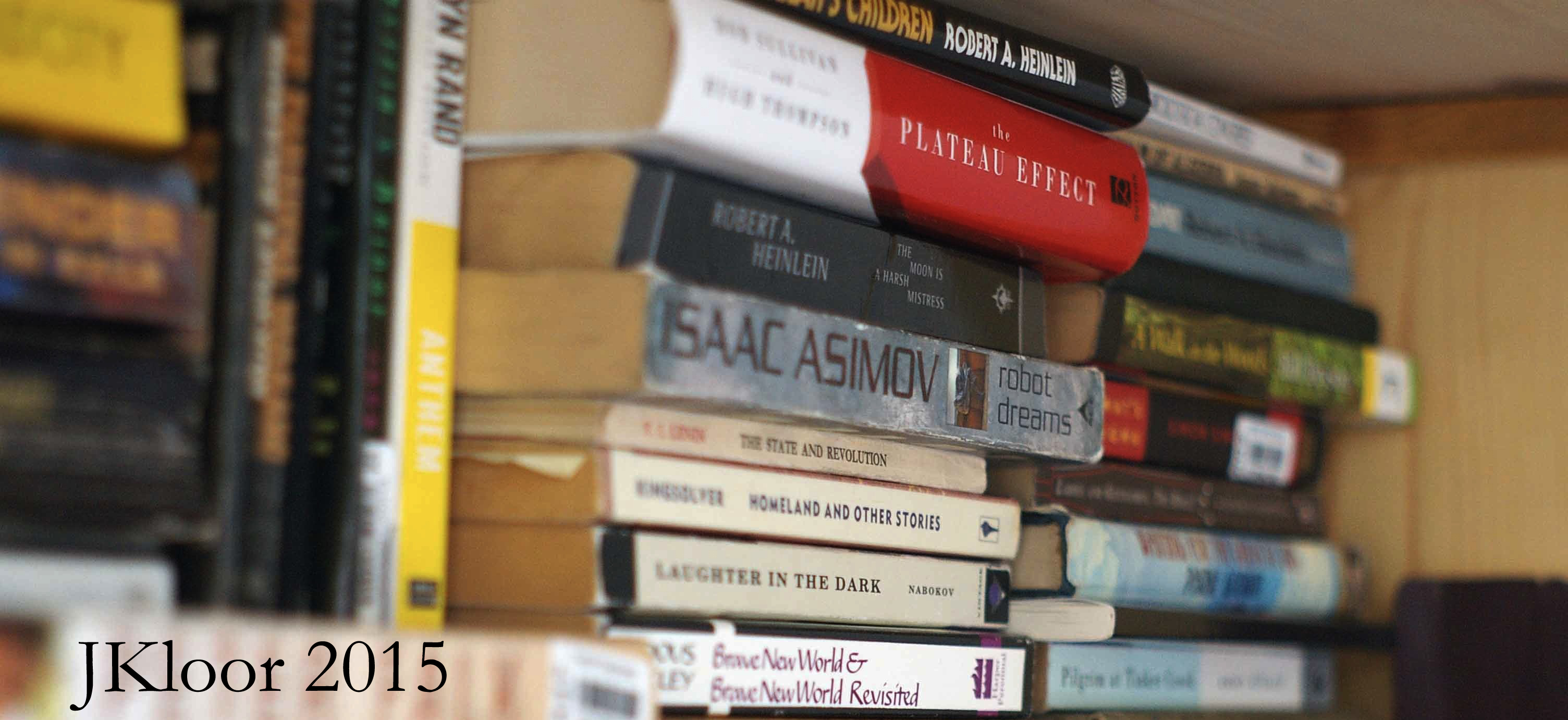
Drawing comparisons to the most eloquent science writing of our day, three eminent psychiatrists tackle the
difficult task of reconciling what artists and thinkers have known for thousands of years about the human heart
with what has only recently been learned about the primitive functions of the human brain. The result is an original,
lucid, at times moving account of the complexities of love and its essential role in human well-being.
A General Theory of Love draws on the latest scientific research to demonstrate that our nervous systems are not self-contained:
from earliest childhood, our brains actually link with those of the people close to us, in a silent rhythm that alters the very structure
of our brains, establishes life-long emotional patterns, and makes us, in large part, who we are. Explaining how relationships function,
how parents shape their child’s developing self, how psychotherapy really works, and how our society dangerously flouts essential
emotional laws, this is a work of rare passion and eloquence that will forever change the way you think about human intimacy.
Quotes and thoughts while reading:
"If the psychoanalysts spun an intangible castle in the air for humanity to inhabit, neuroscience has delivered an concrete hovel... Science
is a newcomer to the business of defining human nature, but thus far it has remained inimical to humanism. Seekers of meaning are
turned away at the door" (p 11)
"Those who attempt to study the body without books sail an uncharted see, William Osler observed, while those who only study books do not
go to sea at all." (p 13)
The Triune Brain: Reptilian, Limbic, Neocortex are the three parts which make up the human brain today. The limbic brain is that
which separates mammals from reptiles, and provides emotions, which makes sense why we have companion animals like dogs; they can feel emotion!
The neocortex gave rise to speaking, writing, planning, reasoning, will, etc. The sway the neocortex has on the limbic brain is minimal.
Will cannot control emotion.
"Frost wrote that a poem "begins as a lump in the throat, a sense of wrong, a homesickness, a love sickness. It is never a thought to begin with." (p34)
"... facial expressions are identical-- all over the globe, in every culture and every human being ever studied" (p 39)
"... mood is a state of enhanced readiness to experience a certain emotion. Where an emotion is a single note, clearly struck, hanging for a moment in the
still air, a mood is the extended, nearly inaudible echo that follows." (p 44)
"The neocortical brain's tendency to wax hypothetical ... becomes a liability. The limbic brain, unable to distinguish between incoming sensory experience
and neocortical imaginings, revisits emotions upon a body that was not designed to withstand such a procession." (p 46)
I found it fascinating that the echidna is the link between reptile and mammal (p 50), and that they are almost wholly limbic-ally inclined except for their
capacity to dream.
I've always known that young children and babies will rely on their mothers' and the adults around them to respond to a crisis. They don't know yet what
they feel, whether it be severe pain or just a scratch. The visual cliff scenario (p 60) is the exact test to confirm this. A baby is placed on a
half plexiglass, half solid counter. When they come to the edge between the two surfaces, they wait. If the mother encourages them to continue, they will,
if the mother shows fear or worry, the baby immediately stops and cries. This doesn't just extend to crisis, babies are constantly checking in with their
mother to develop their emotional capabilities.
"[Psychotherapy] impels participation in a process that our modern world has all but forgotten: sitting in a room with another person for hours at a time with
no purpose in mind but attending." (p 65)
"Spitz had rediscovered that a lack of human interaction - handling, cooing, stroking, baby talk, and play - is fatal to infants." (p 70)
"That open-loop design means that in some important ways, people cannot be stable on their own- not should or shouldn't be, but can't be. This prospect
is disconcerting to many, especially in a society that prizes individuality as ours does. Total self-sufficiency turns out to be a daydream whose bubble is
burst by the sharp edge of the limbic brain. Stability means finding people who regulate you well and staying near them." ( p86) Ouch.
"Every individual lives as a spectral vapor in the neural machine, his thoughts, dreams, feelings, and ambitions the evanescent outcome of intricate signals
flowing among billions of neurons.... It lies at the heart of who we are and who we can become." (p 100)
The ideas of explicit and implicit memories are fascinating. Explicit memories are ones formed via conscious reflection, while implicit memories are covert operations,
learned via the unconscious. It is also interesting how your capacity for implicit and explicit memories change as you age. You need to nurture and grow your
capacity for explicit memories, whereas implicit memory capacity is fully formed and ready at birth, actually even before birth. The opposite is true as well. As you age,
your ability to draw on explicit memories fades, but you will still implicitly understand and know how to do things. (p 104-113)
A topic that came up on multiple times by happenstance is "mastering the inner workings of an intricate system in a way that could not [be] render[ed] specific."(p 110).
We have used this idea to build computer programs, that given significant input, can solve similar problems. But we can't know how they do it, as the computer has
no way of telling us. It saw something in the minutia that is missed on the macro scale. These are similar ideas.
"Who we are and who we become depends, in part, on whom we love." (p 144)
"You must be at least this trusting to ride this ride" (p 174) in regards to visiting a therapists office.
"Patients are often hungry for explanations, because they are used to thinking that neocortical contraptions like explication will help them. But insight is the popcorn
of therapy. Where patient and therapist go together, the irreducible totality of their mutual journey, is the movie." (p 179)
Therapy is all about limbic transmission. How does one keep the appropriate distance, yet be close enough to affect change? That is the difference
between successful therapists, and unsuccessful therapists. (In my opinion.)
It is difficult to get the news from poems; yet men die miserably every day for lack of what is found there.
- William Carlos Williams (p 191)
"In a dazzling vote of confidence for form over substance, our culture fawns over the fleetingness of being in love while discounting the importance of loving...
Loving derives from intimacy, the prolonged and detailed surveillance of a foreign soul." (p 207)
There is an element that is sickening, and that is the monetary aspect of our healthcare system, where one needs to fight with their provider to get more than 6
sessions of therapy. There was a time when 20 was the max, it is now 6. And for every visit after your sixth the paperwork to fill out is daunting. You'd think, for
someone who is already suffering, we would try to make the process as simple as possible, but it seems the opposite is true. The HMO's goal is not the health
of the patient, but the monetary success of the business. That is wholly wrong, but I have little hope for it to change. For now I think we must rely on our
communities, and open communication to feel whole again.
I wonder, if in the future the limbic brain will shrink. We have seen diminished, yet still present, aspects of the reptilian brain. And I feel that we are seeing this now
with the limbic brain. I do fear that with a more developed neocortical brain, and a less developed limbic brain, the caring, emotional, artistic vein of mankind will
die out to be replaced by human/computer hybrids intent on consuming as much as possible, and having vapid conversations featuring things you've seen, not the things
you've thought about.
© JKloor 2015 Books
